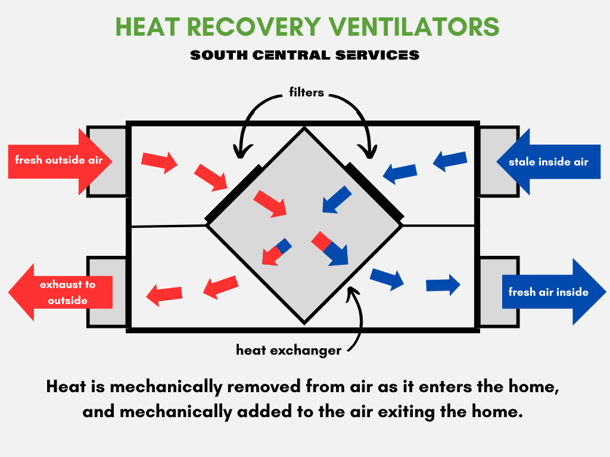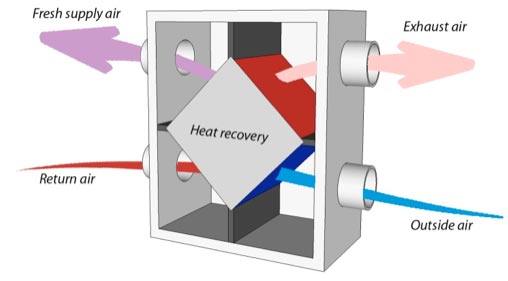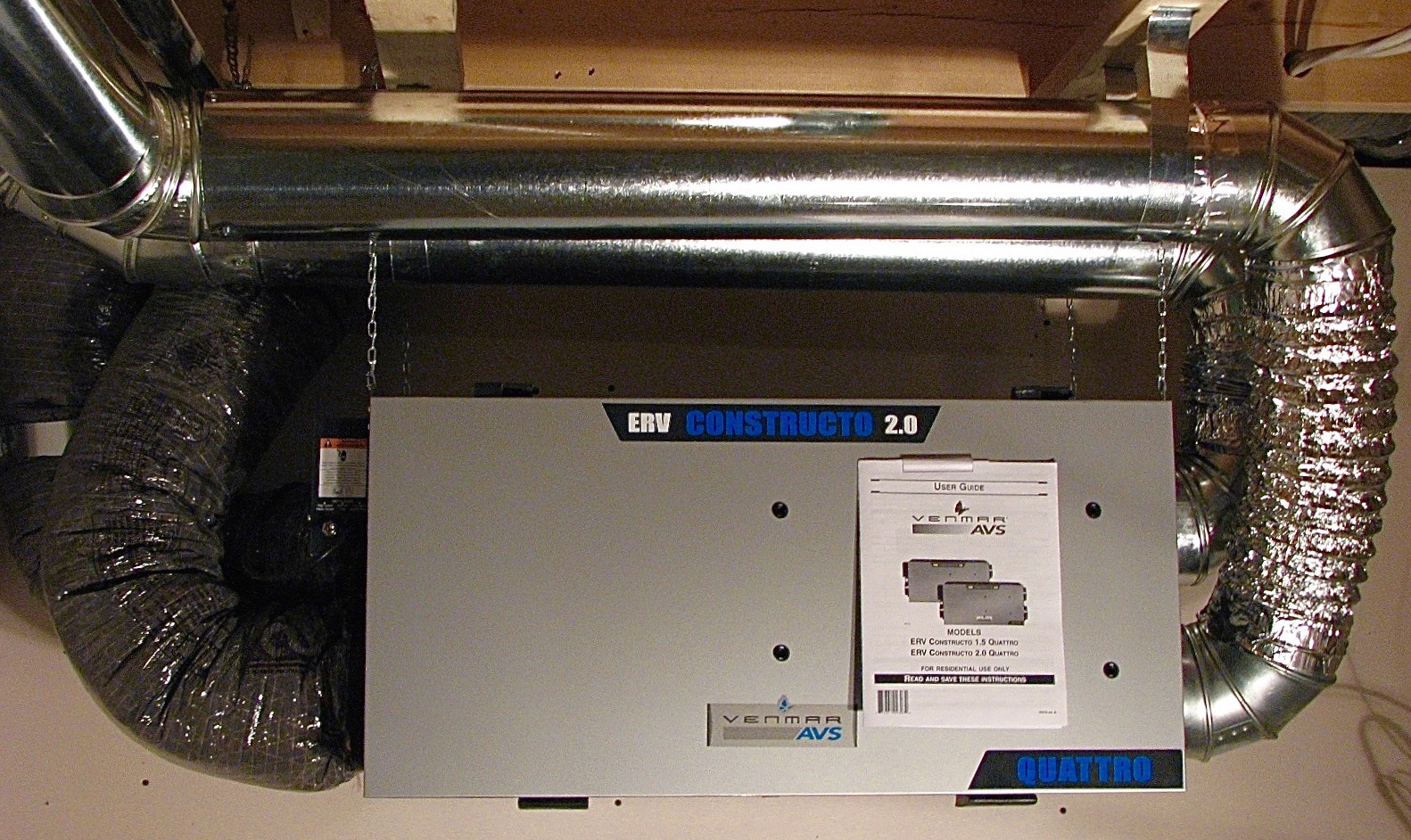Quick Guide: What to Consider Before Buying HRV
Checking out the Conveniences of Heat Recovery Ventilation for Power Efficiency in Residences
Heat Recovery Ventilation (HRV) systems use house owners a useful strategy to improving power efficiency. By recovering heat from outgoing air, these systems can significantly minimize heating & cooling prices. In addition, they supply a stable supply of fresh air, enhancing indoor air quality and convenience degrees. As home owners consider lasting alternatives, recognizing the nuances of HRV systems comes to be progressively important. What aspects should one review prior to making such an investment?
Recognizing Heat Recovery Ventilation Systems

Exactly How HRV Boosts Indoor Air High Quality

Power Financial Savings: The Economic Benefits of HRV
Maximizing energy efficiency, heat recovery ventilation (HRV) systems offer substantial monetary advantages for homeowners. By recovering and recycling warm from exhaust air, HRVs significantly minimize cooling and heating costs. This innovation can bring about energy financial savings of up to 30%, depending on environment and usage patterns. Homeowners often see reduced utility bills soon after installment, making HRVs a monetarily wise financial investment in time. In addition, lots of regions offer incentives or discounts for energy-efficient upgrades, even more enhancing the economic charm. As energy prices remain to climb, the cost-effectiveness of HRVs ends up being significantly clear. In general, the consolidation of HRV systems not only promotes power effectiveness however also adds to long-lasting financial savings for houses.
The Ecological Effect of Heat Recovery Ventilation
A significant ecological advantage of heat recovery ventilation (HRV) systems lies in their capability to lower total power intake. By redeeming warmth from exhaust air and moving it to inbound fresh air, HRV systems reduce the demand for energy-intensive heating and cooling techniques. This decrease in power need adds to reduce greenhouse gas emissions, as less nonrenewable fuel source is required to preserve comfortable interior temperatures. Additionally, HRV systems improve interior air quality by effectively exchanging stale air with fresh exterior air, minimizing dependence on mechanical air conditioning systems that can harm the have a peek at this website environment. In general, the application of HRV systems supports sustainable living techniques and straightens with worldwide efforts to fight climate adjustment by promoting energy effectiveness in household settings.
Selecting the Right HRV System for Your Home
How can homeowners assure they select the appropriate heat recovery ventilation (HRV) system for their needs? First, they should evaluate their home's size and layout, as these factors influence airflow requirements. Next off, examining the system's effectiveness scores is important, as higher ratings indicate far better efficiency and energy financial savings. House owners need to additionally consider installment and upkeep expenses, contrasting various brands and versions for value. Furthermore, it's essential to evaluate sound levels, as some systems operate more quietly than others. Consulting with heating and cooling specialists can offer customized recommendations based on specific home conditions. Lastly, checking out user testimonials and warranties can help in making an informed decision, ensuring that the chosen HRV system efficiently boosts indoor air top quality and power performance.
Frequently Asked Concerns

How Usually Should I Tidy or Maintain My HRV System?
The regularity of cleaning or keeping a warmth healing air flow (HRV) system commonly depends on usage and environmental elements. Generally, it is a good idea to perform upkeep every 6 months to ensure peak efficiency and air quality.

Can HRV Solutions Help In Reducing Humidity Degrees Inside?
HRV systems can successfully decrease interior moisture levels by exchanging stale, moist air with fresh, drier air from outside. HRV Heat Recovery Ventilation. This process assists preserve a well balanced interior setting, boosting convenience and preventing moisture-related concerns
What Is the Life expectancy of a Typical HRV System?
The lifespan of a common heat recovery ventilation (HRV) system differs, usually lasting between 10 to 15 years. Regular maintenance can prolong its effectiveness and functional life, guaranteeing peak efficiency throughout its use webpage duration.
Are There Any Kind Of Sound Problems With HRV Systems?
Sound interest in HRV systems can emerge, particularly from fan operation. Lots of modern devices are developed to minimize audio levels, ensuring they run quietly while preserving effectiveness, which deals with potential disruptions in living atmospheres.
Can I Mount an HRV System Myself, or Do I Need a Specialist?
The private contemplated whether to set up the heat recovery ventilation (HRV) system directly or employ an expert. Typically, while DIY setup is possible, competence warranties correct functionality and conformity with regional structure codes, improving dig this system performance.